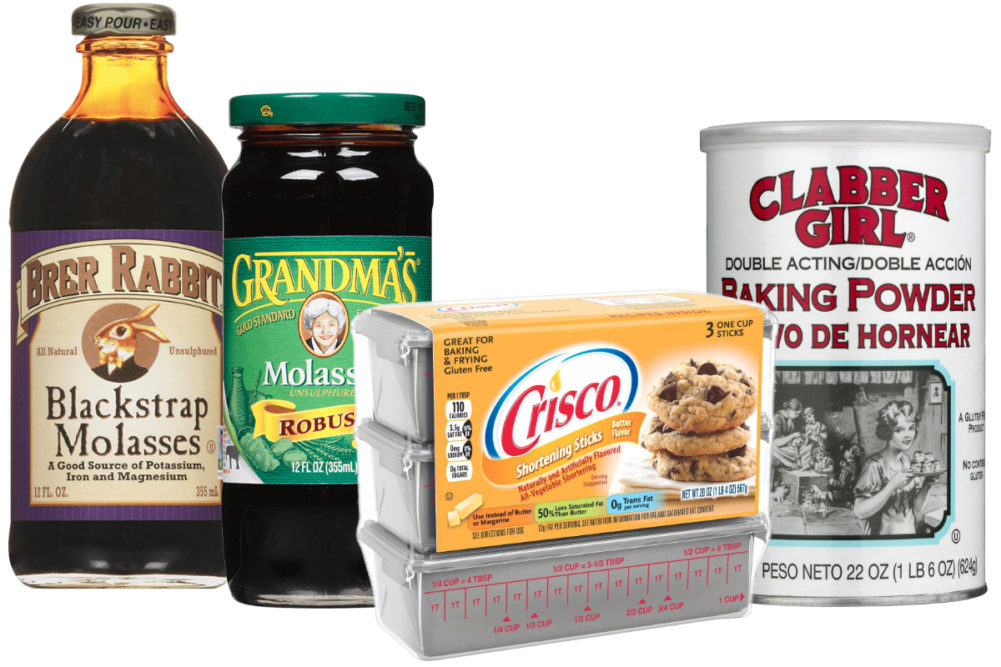PARSIPPANY, NJ. — Acknowledging that the company wasn’t going to match net sales that got a big boost during the COVID-19 pandemic, Kenneth C. Keller, president and chief executive officer, said B&G Foods, Inc. still remains a larger business than it was in 2019, driven by continued growth and interest in cooking, baking and eating at home.
“B&G’s base business is up 7% on a two-year stack from 2019,” Mr. Keller said during an Aug. 5 conference call with analysts to discuss second-quarter results. “Within the portfolio, our spices and seasonings, baking and meals brands are up 20% versus Q2 2019. And specifically on spices and seasonings, which is about 20% of our total company portfolio and aggregates to be the No. 2 spices and seasonings business in the United States, net sales are up more than 20% from Q2 2019 and remains well positioned coming out of the pandemic as more consumers continue to cook more often at home. Also, the spices and seasonings portfolio is about 15% to 20% foodservice, so we are also benefiting as restaurants and eating establishments reopen, and more Americans are dining out again.”
Along with its spices and seasonings business, B&G Foods is experiencing positive trends within its baking portfolio, Mr. Keller said.
“Recent studies show that even in spring 2021, approximately 65% of consumers were baking at home at least once per week, lifting the prospects of our growing list of baking brands that includes B&G Foods stalwarts such as Brer Rabbit and Grandma's Molasses as well as more recent additions such as Clabber Girl and Crisco,” he said. “We will spend more time talking about Crisco, but so far after eight months of ownership, we are very encouraged by the category trends and the top-line performance of this business.”
Mr. Keller said another significant impact coming out of the pandemic has been inflation and at unprecedented levels. He said B&G Foods is experiencing inflation on key cost inputs across the portfolio, particularly in many tradable commodities, packaging material and freight.
“The impact on our base portfolio is approximately 3% to 4%, but much higher on the Crisco business, where soybean oil costs have doubled from last year,” he said.
Bruce C. Wacha, executive vice president of finance and chief financial officer, said B&G Foods has acted quickly to execute price increases across large parts of its portfolio to help offset inflation and preserve margin structure. So far the company has executed list price increases in approximately 80% of its brands, he said.
B&G Foods net income for the second quarter ended July 3 totaled $24.55 million, equal to 38¢ per share on the common stock, down 46% from $44.91 million, or 70¢ per share, in the prior-year period. Adjusted net income, which excludes acquisition and divestiture related and non-recurring expenses, fell 42% to $27.1 million from $46 million.
Net sales also fell, sliding 9.4% to $464.38 million from $512.54 million the year before.
Mr. Wacha said the company’s Maple Grove Farms brand benefited from both strong retail demand as well as a recovery in the foodservice business, generating $20.2 million in net sales in the second quarter, up nearly 12% from the same period in 2020 and up 13% from 2019.
Ortega, meanwhile, posted sales of $40.9 million in the second quarter of fiscal 2021, down nearly 13% from the second quarter of fiscal 2020 but up 20% from the same period in fiscal 2019.
“Ortega is a call-out brand that is still benefiting from COVID-like demand, but we are selling products as fast as we can make them, particularly taco shells, taco sauce and chili peppers,” Mr. Wacha said. “And unfortunately, due to internal and external supply chain constraints, we are still not able to capitalize fully on the demand opportunity. Ortega is a brand that we are very much leaning into, and our operations team is working hard to expand capacity and maximize this opportunity.”
Mr. Wacha said Green Giant suffered a tough quarter that combined the most challenging COVID comparisons in B&G Foods’ portfolio with the most challenging supply chain constraints. The company is currently awaiting new vegetable packs for the brand. Overall, Green Giant delivered $105.7 million in sales in the second quarter, down almost 36% from the same period in fiscal 2020 and down 6.4% compared with the second quarter in fiscal 2019.
Mr. Keller, who has been at the helm of B&G Foods for only about six weeks, was asked his thoughts on the coming’s strategy going forward. Noting that he is just now digging in and starting to form some ideas, he nonetheless offered some insight into the direction he may look to take the company.
“My approach is to say we need to do what has been working at B&G well, which is stabilizing the shelf-stable portfolio and getting modest growth out of it,” he said. “And then making sure that we’re bringing in accretive acquisitions that are complementary to the things that we do well that we can build in and bolt in pretty successfully. And the company has done a remarkable job of that.
“I would say the one piece that I’m going to probably build on top of that is we’ve gotten to a stage where we compete in lots of categories with lots of brands. And I don't think they're all created equal. I think there are some categories and brands and segments that we are better equipped to add value, create value by bringing them in here, either through organic growth or synergies or other things.
“So you'll probably hear me talk about places that we really want to play and where we believe we can win and where we believe we'll be more successful at adding significant value creation beyond just sort of bringing them in-house one time.”
Mr. Keller said he’ll provide more details on his strategy during the company’s next earnings call in November.






